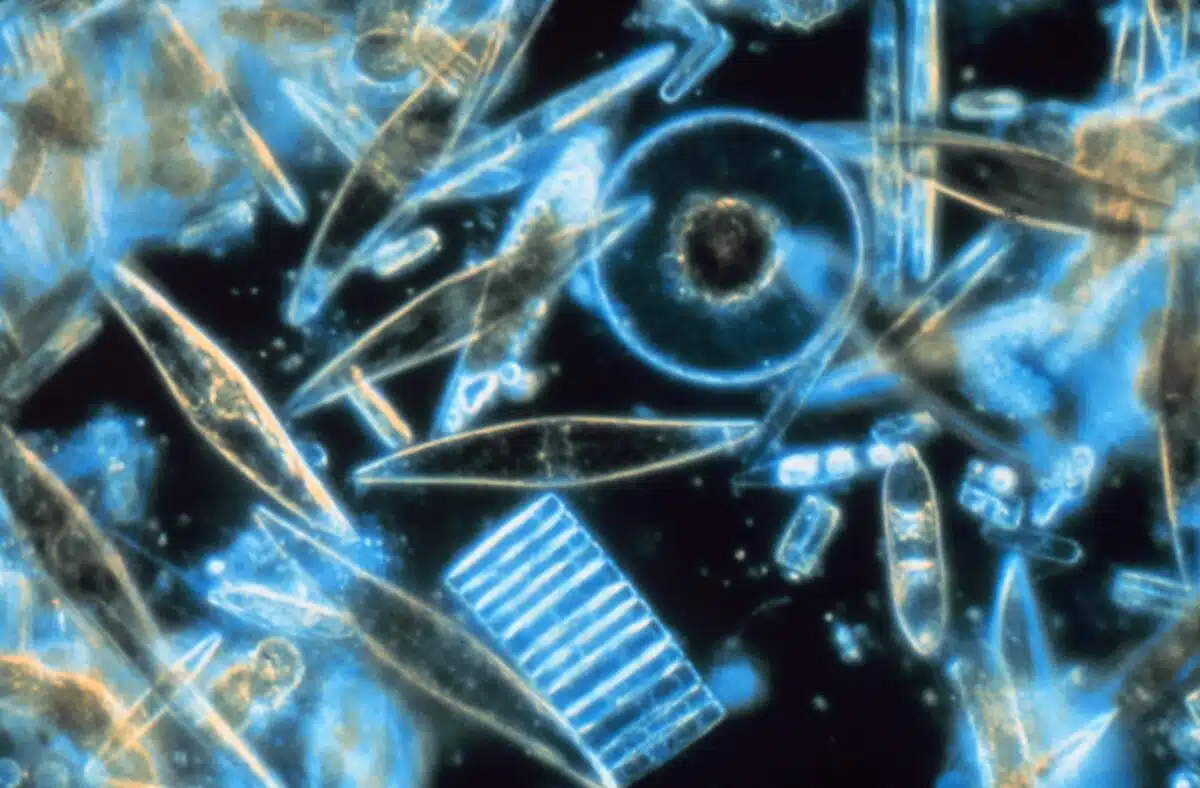The ocean, covering more than 70% of the Earth’s surface, is home to an astonishing diversity of life, much of which remains mysterious and unexplored. In a groundbreaking effort to uncover the secrets of marine life, scientists have conducted the largest DNA study of the ocean to date. This monumental research effort has expanded our understanding of marine biodiversity and set a new benchmark in studying life in the world’s oceans.
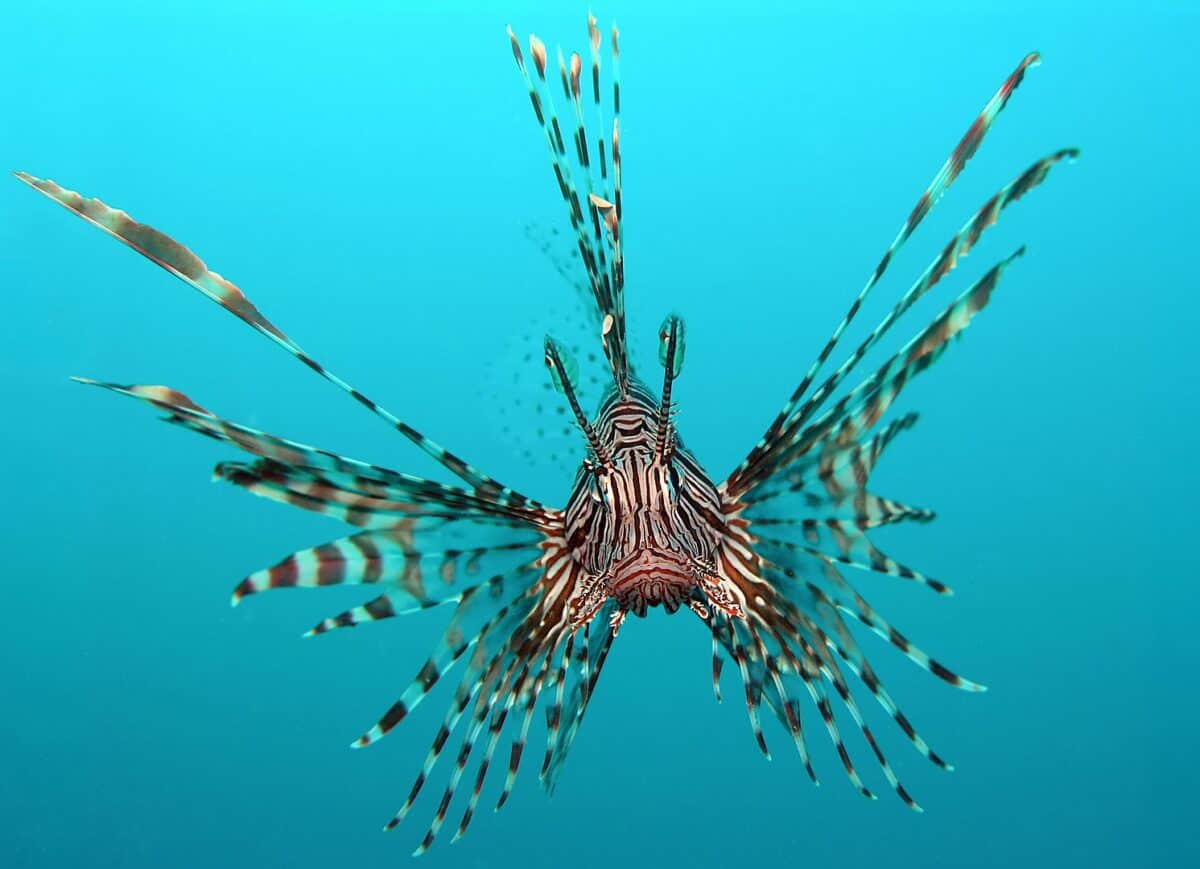
A Monumental Undertaking
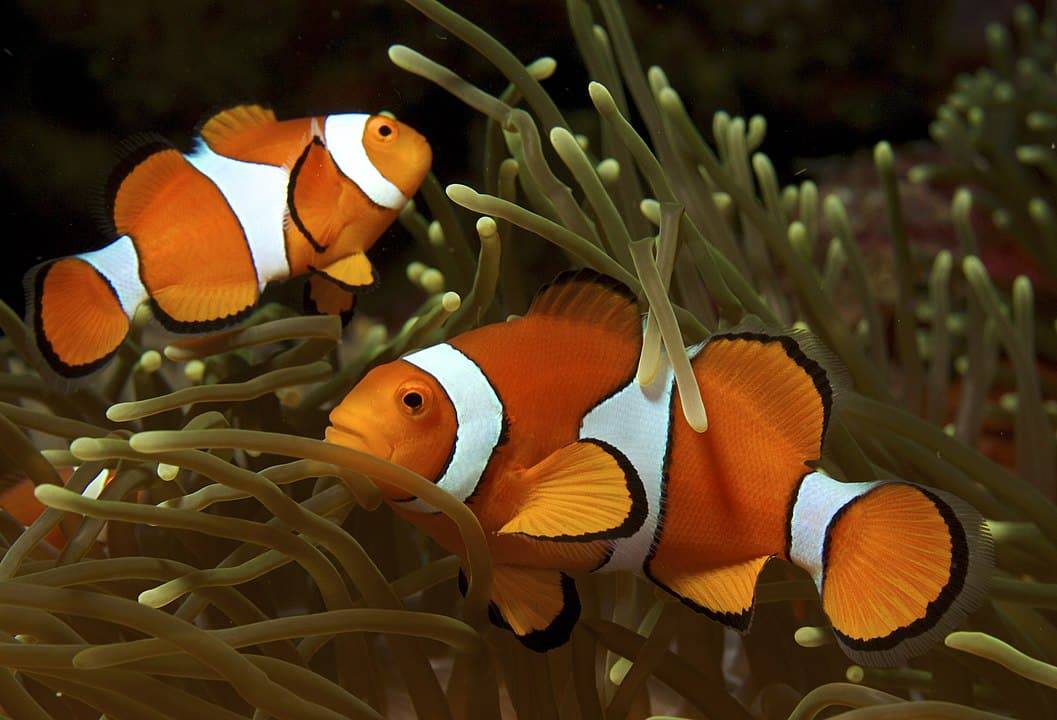
The study, a collaborative effort involving researchers from around the globe, analyzed millions of DNA sequences collected from water samples across various oceanic regions. By examining the genetic material in these samples, scientists could identify a staggering array of life forms, from the smallest microorganisms to larger marine species. This research represents a significant leap forward in our ability to catalog and understand the vast array of life that inhabits the ocean depths.
Discoveries Beneath the Waves
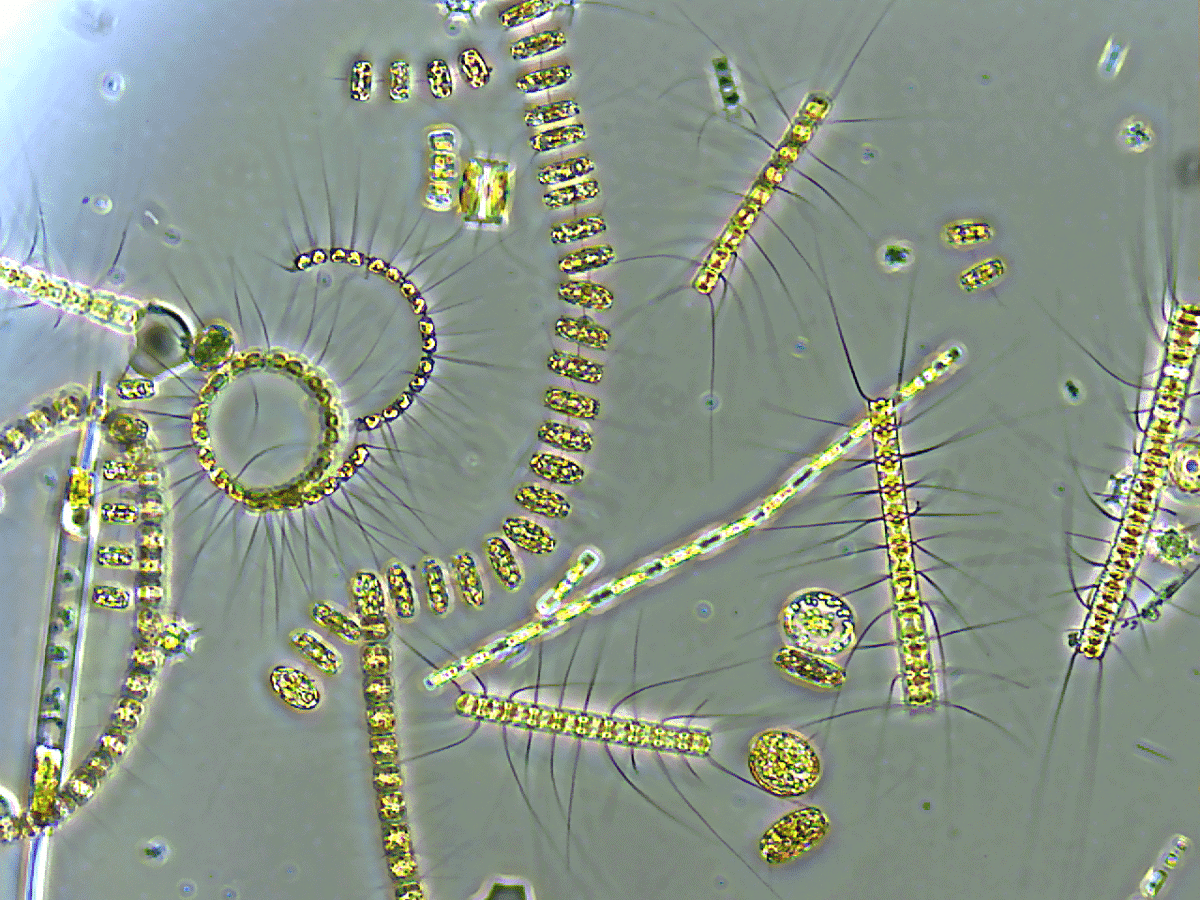
One of the most remarkable outcomes of the study is the identification of over 317 million gene groups, a testament to the incredible genetic diversity present in marine ecosystems. These gene groups belong to thousands of different species, many of which were previously unknown to science. The study has effectively doubled the catalog of known marine genes, providing invaluable insights into the complexity and resilience of oceanic life.
The Importance of Marine DNA
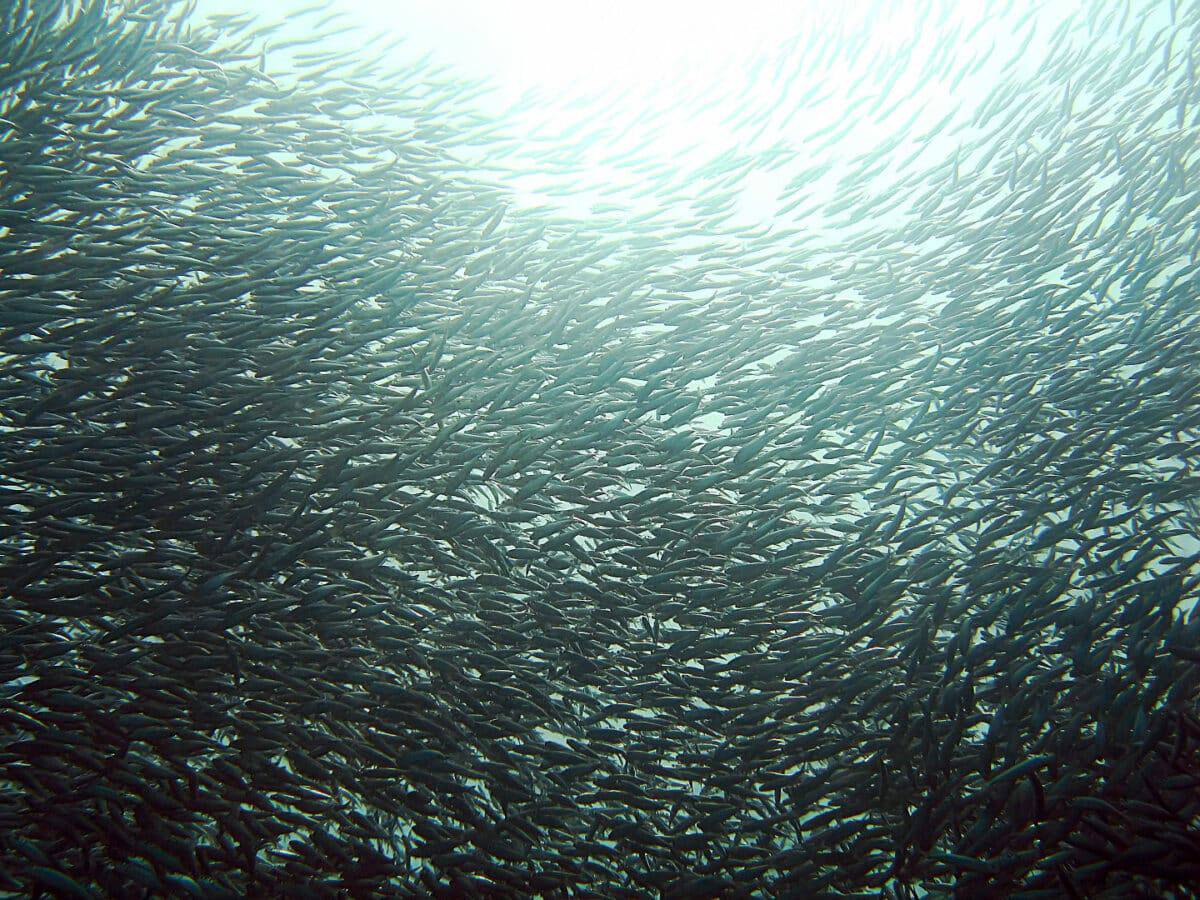
Studying oceanic DNA is not just an academic pursuit; it has profound implications for conservation, medicine, and biotechnology. Understanding the genetic makeup of marine organisms can help scientists develop new strategies for protecting endangered species and restoring damaged ecosystems. Additionally, marine genes hold the potential for pharmaceutical breakthroughs, with many organisms producing unique compounds that could lead to new disease treatments.
Challenges and Future Directions

Despite the study’s success, researchers acknowledge the challenges ahead. The ocean is a vast and often inaccessible environment, making comprehensive sampling daunting. Moreover, the rapid pace of environmental change, driven by climate change and human activities, threatens to outpace our efforts to study and protect marine biodiversity. Future research must address these challenges, leveraging new technologies and international collaboration to continue expanding our understanding of the ocean’s mysteries.
A Call to Action for Ocean Conservation

The findings of the largest DNA study in the ocean serve as a powerful reminder of the richness and fragility of marine ecosystems. As we continue to uncover the secrets of the sea, we must also commit to protecting this invaluable resource. The study underscores the need for global conservation efforts to safeguard the ocean’s biodiversity for future generations.
In conclusion, the largest DNA study in the ocean has opened new horizons in our understanding of marine life, revealing ecosystems’ incredible diversity and complexity beneath the surface. This research enriches our knowledge of the natural world and highlights the urgent need for conservation and sustainable management of oceanic resources. As we delve deeper into the genetic secrets of the sea, we are reminded of the profound connection between human well-being and the health of our planet’s oceans.
You might also enjoy:
New Frontiers in Marine Biology as Costa Rica Waters Reveal Unique Octopus Species
Exploring Bioluminescence in Marine Animals
Unveiling A Prehistoric Marine Turtle The Size Of A Car
Join our Forum for free today!

- The Bond Between a Wild Baby Bison and Her Rescuer - July 20, 2024
- An Excited Husky’s First Ever Time in Snow - July 20, 2024
- Top 20 Colorful Species To Brighten Your Day - July 14, 2024

